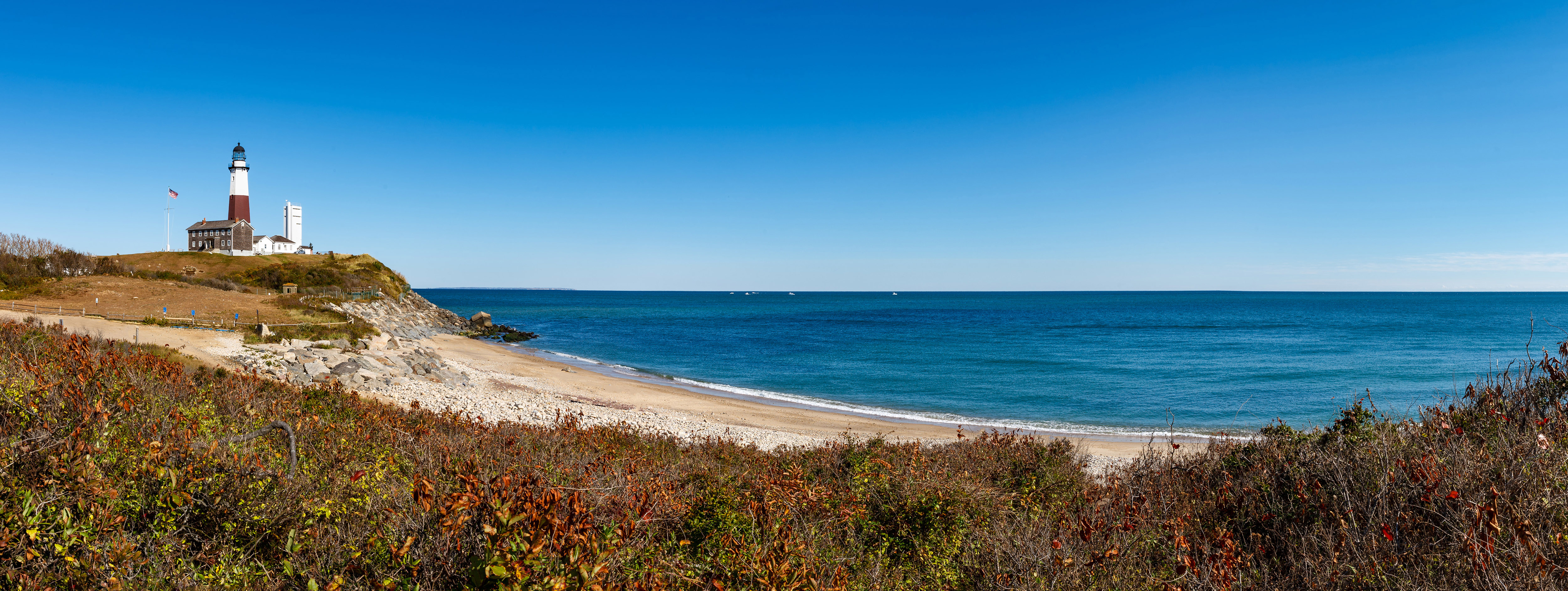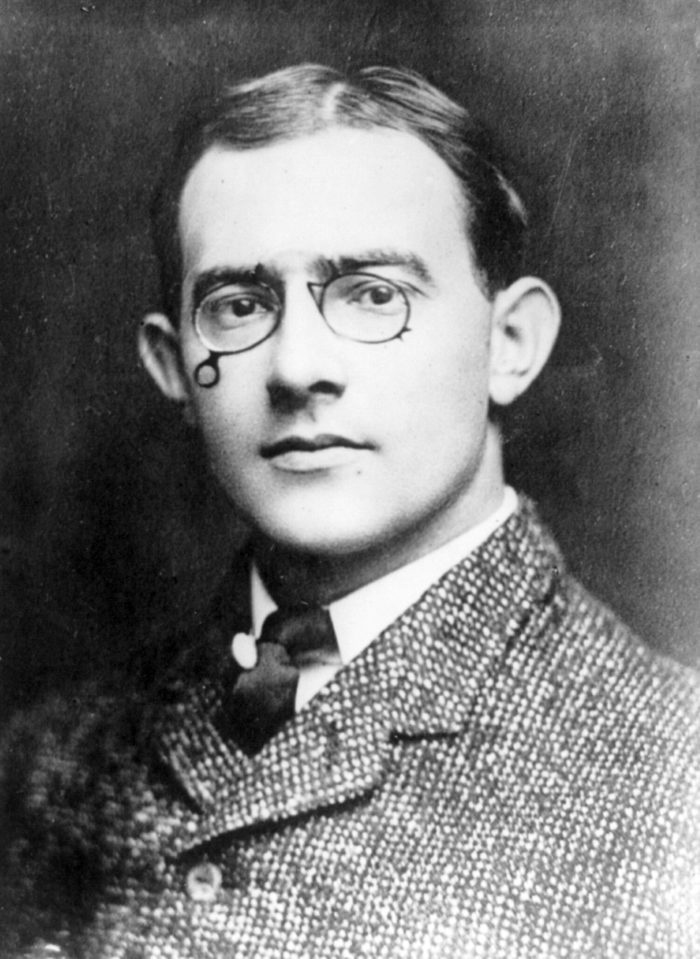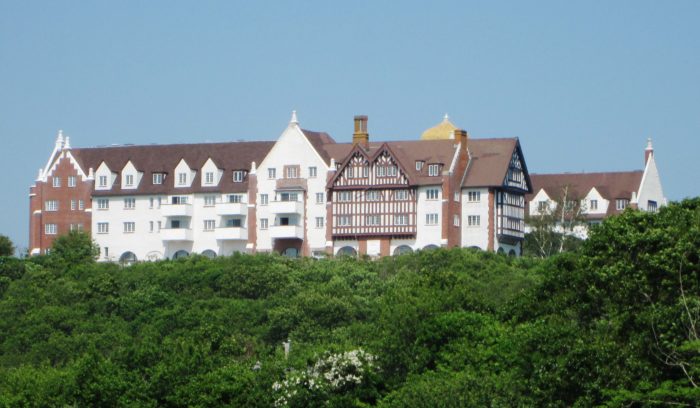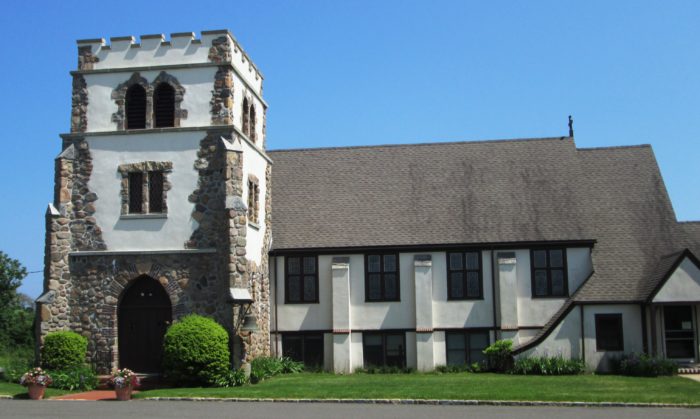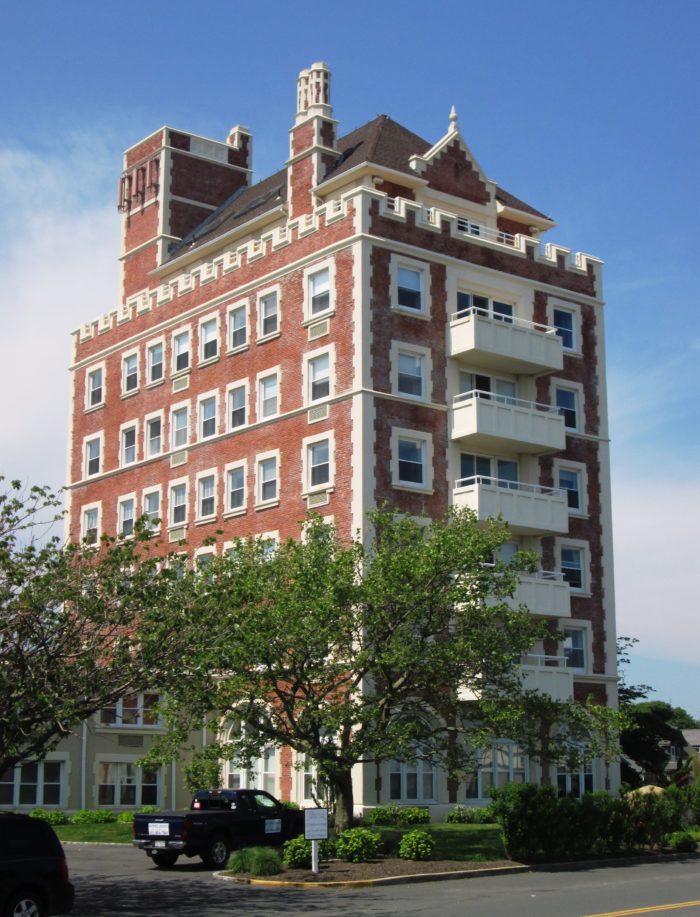The Man Who Owned Montauk
Carl Fisher was worth $100 million—the equivalent of more than $1.4 billion today—when he bought all 9,000-plus acres of Montauk in 1926 for $2.5 million, or $35 million in today’s money. He had built his fortune by making a type of headlight used by nearly all automobile manufacturers in the early 20th century, selling that business to Union Carbide, establishing the country’s first auto dealership, founding the Indianapolis Motor Speedway (the site of the Indy 500), developing the Lincoln Highway—the first coast-to-coast roadway—and in the 1910s, transforming 3,500 acres of swampland and beach into Miami Beach.
By the 1920s, Miami Beach was a booming resort town. Masters of industry and glitterati frolicked in deluxe hotels and over-the-top mansions, and middle-class vacationers flocked to the beach, no doubt hoping to catch sight of the people with the bold-faced names.
Always looking for his next challenge, Fisher decided that the tip of Long Island’s South Fork would be an ideal spot for a “Miami Beach of the north,” where those who flew to Florida in winter could spend their summers. At the time, Montauk was nothing more than a fishing village with a lighthouse, about 150 fishermen living in shacks, and seven mansions, built by Stanford White and used as summer homes by a handful of New York financiers, that now make up the Montauk Association Historic District.
Those financiers bought their properties in part to escape from the crowds and bustle of the city. Fisher, however, was determined to bring crowds and bustle to their sleepy haven. He hired hundreds of construction workers—reports put the number at anywhere from 800 to 5,000—and set to transforming the land. Controversial developer Robert Moses had already established the Hither Hill and Montauk Point State Parks, having seized the land by eminent domain, and planned to connect them via what would become the Montauk Point State Highway. Fisher mapped out the rest of the town’s roadways. He also dredged what had been the freshwater Lake Montauk and blasted a hole so that it opened onto Block Island Sound and the Atlantic, creating a yacht harbor that is now the site of the state’s largest fishing fleet, open to commercial as well as recreational craft.
Because the verdant hills reminded Fisher of the English moors, he opted to have many of the town’s buildings designed in Tudor Revival style. These included sprawling Montauk Manor, a three-story resort hotel—now a hotel and 140-unit condo building—on a hill overlooking Gardiner’s Bay. Schultze & Weaver, the architects responsible for Montauk Manor, also designed other fabled hotels including Palm Beach’s Breakers Hotel and the Sherry-Netherland, the Hotel Pierre, and the Waldorf-Astoria in Manhattan.
Montauk Manor opened in 2017, as did the Montauk Downs Golf Course. Now one of the top-ranked public courses in the country and part of Montauk Downs State Park, it was redesigned by legendary golf course architect Robert Trent Jones in 1968. Its original design, however, was by an earlier legend, H.C. Tippet—who was also the step-grandfather of Camilla, Duchess of Cornwall. The course’s original clubhouse, which burned down in the 1970s, was also Tudor Revival style. Ditto the Montauk Community Church, the Montauk Tennis Auditorium (now the Montauk Playhouse), the Montauk Yacht Club, and the six-story Carl Fisher Office Building, now a condo building known as the Tower at Montauk and the town’s tallest building. For all his apparent love of Tudor style, Fisher’s own 8,000-square-foot mansion was built in the local shingle style.
Unfortunately for Fisher, the 1929 stock market crash wiped out his fortune and his dream of turning Montauk into a star-studded resort. His entire project went into receivership in 1932. By the time he died in 1939 in Miami Beach, where he was living in a small cottage, some of the more than two dozen buildings he had constructed were already in disrepair, in part due to a September 1938 hurricane that flooded the downtown area and temporarily turned Montauk into an island.
Since then, of course, most of the structures have been restored. And while Montauk is not the showy showplace Fisher envisioned, many would argue that it is something much better: a retreat where celebrities and noncelebs alike can relish nature’s beauty abetted by the infrastructure and architecture that are Fisher’s legacy.


